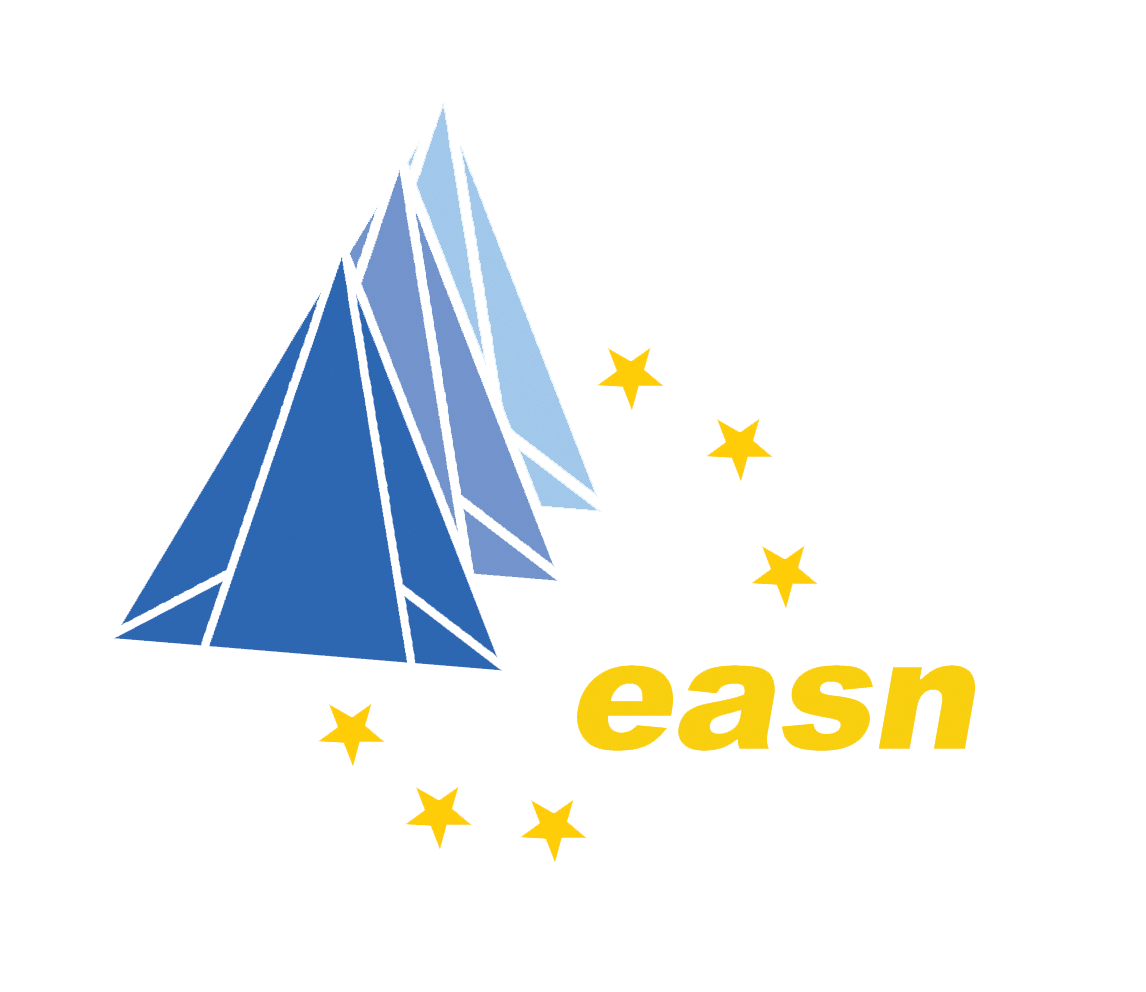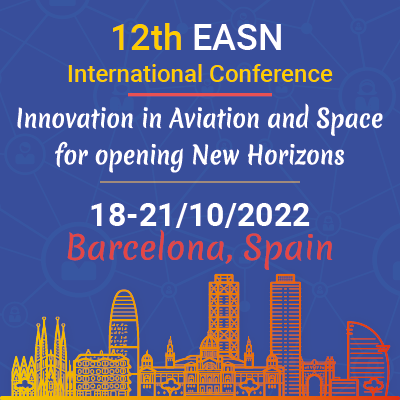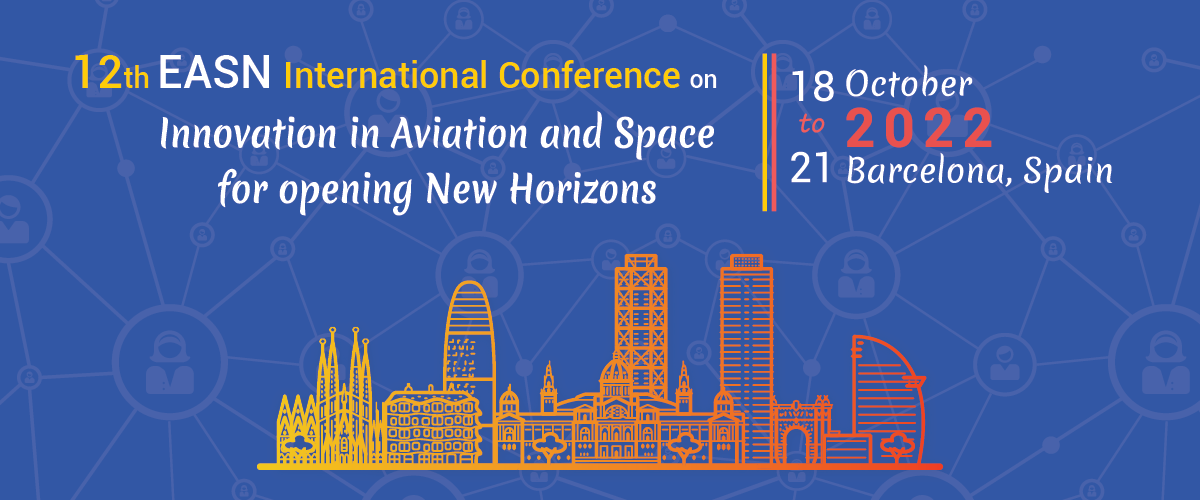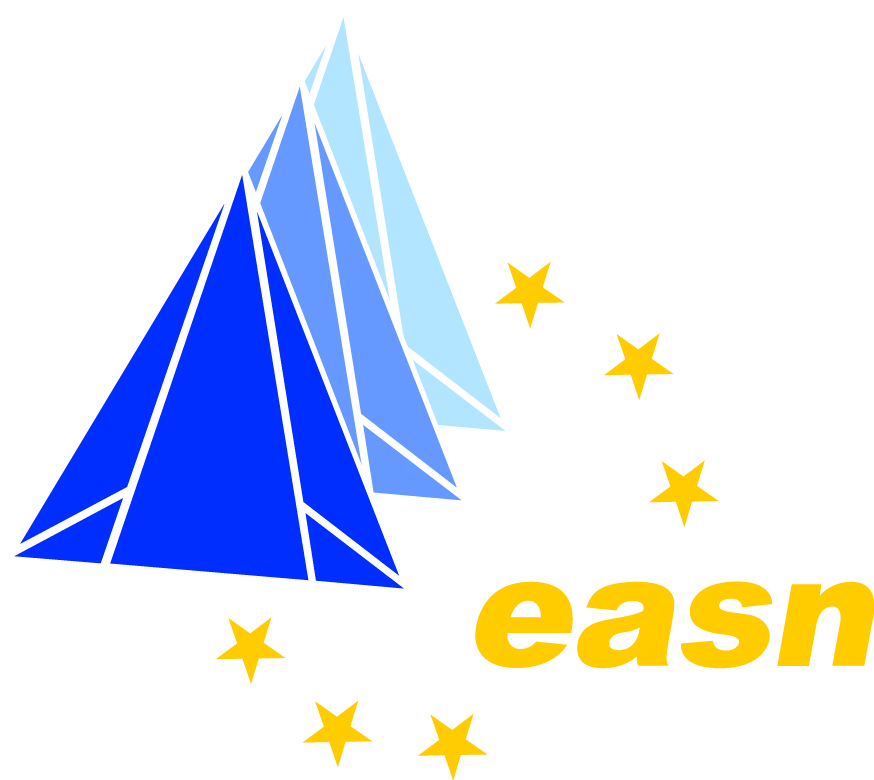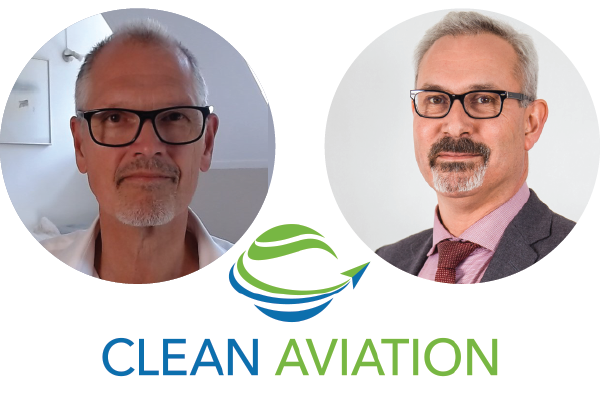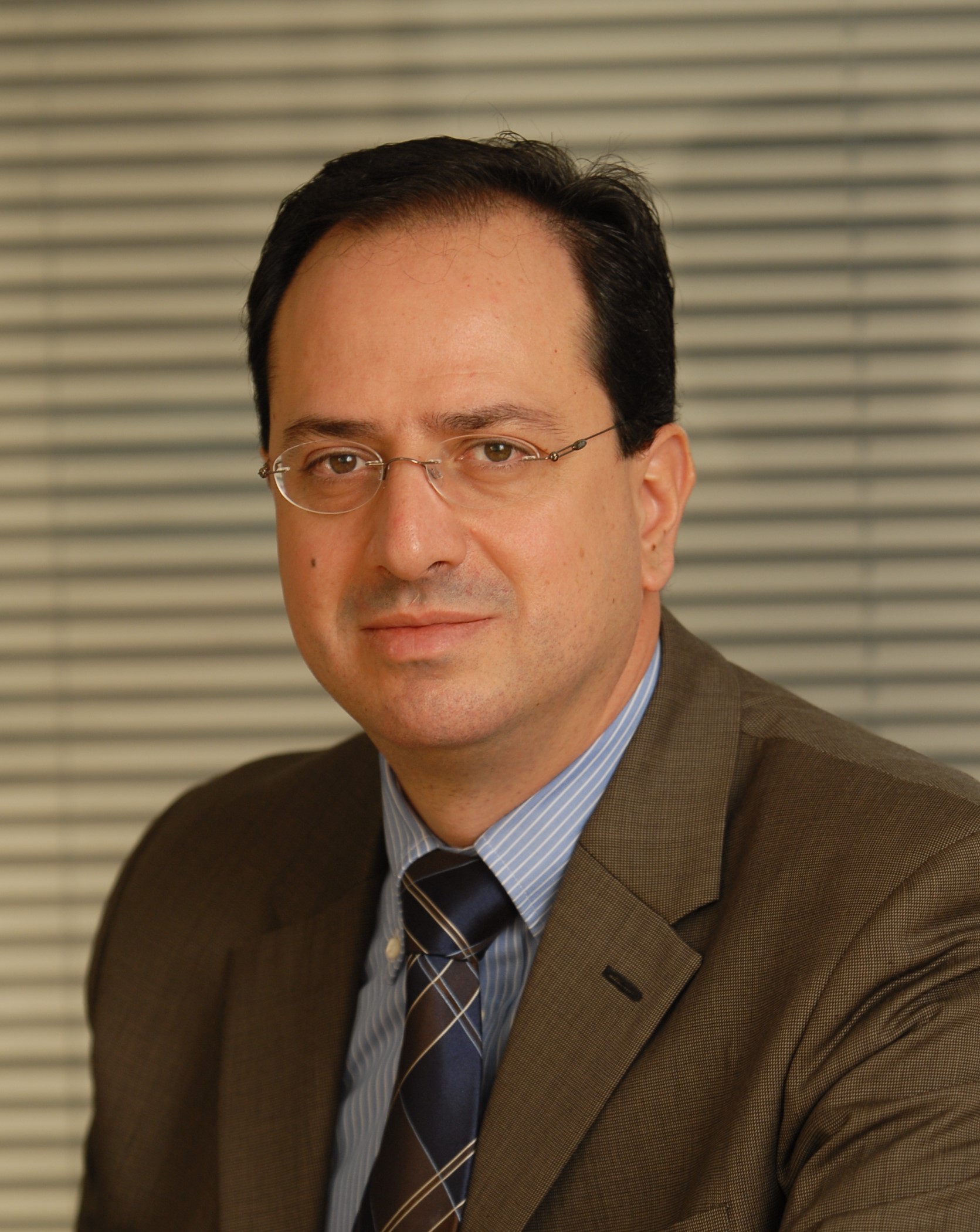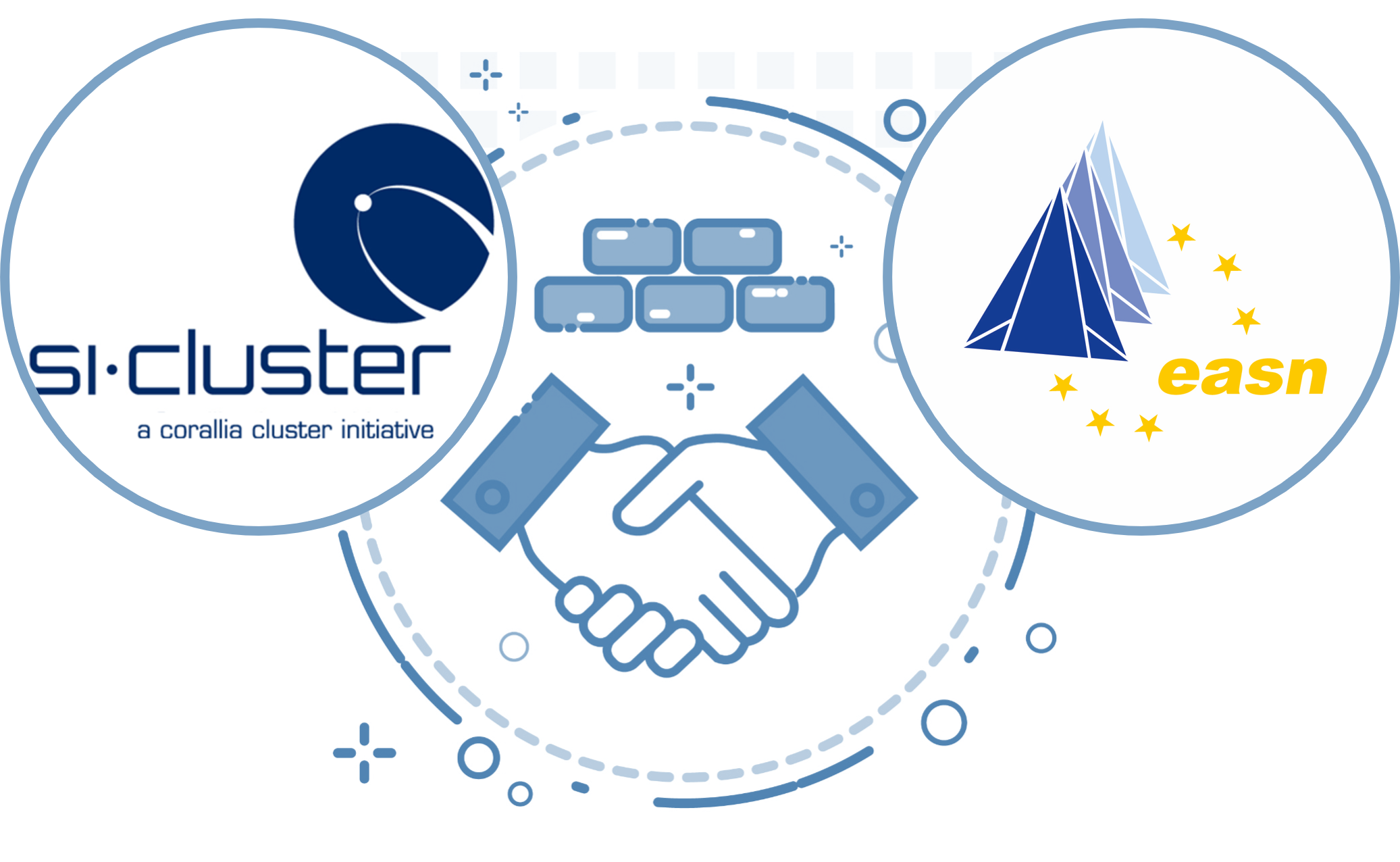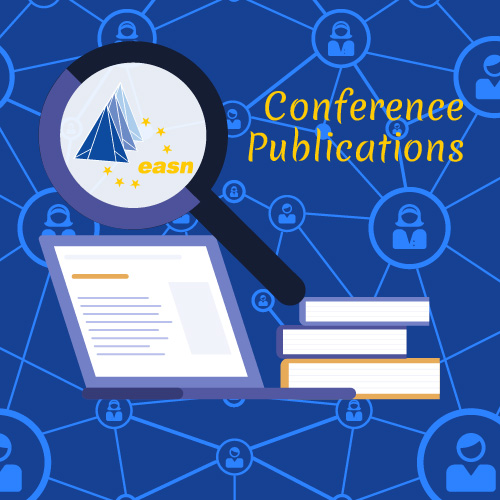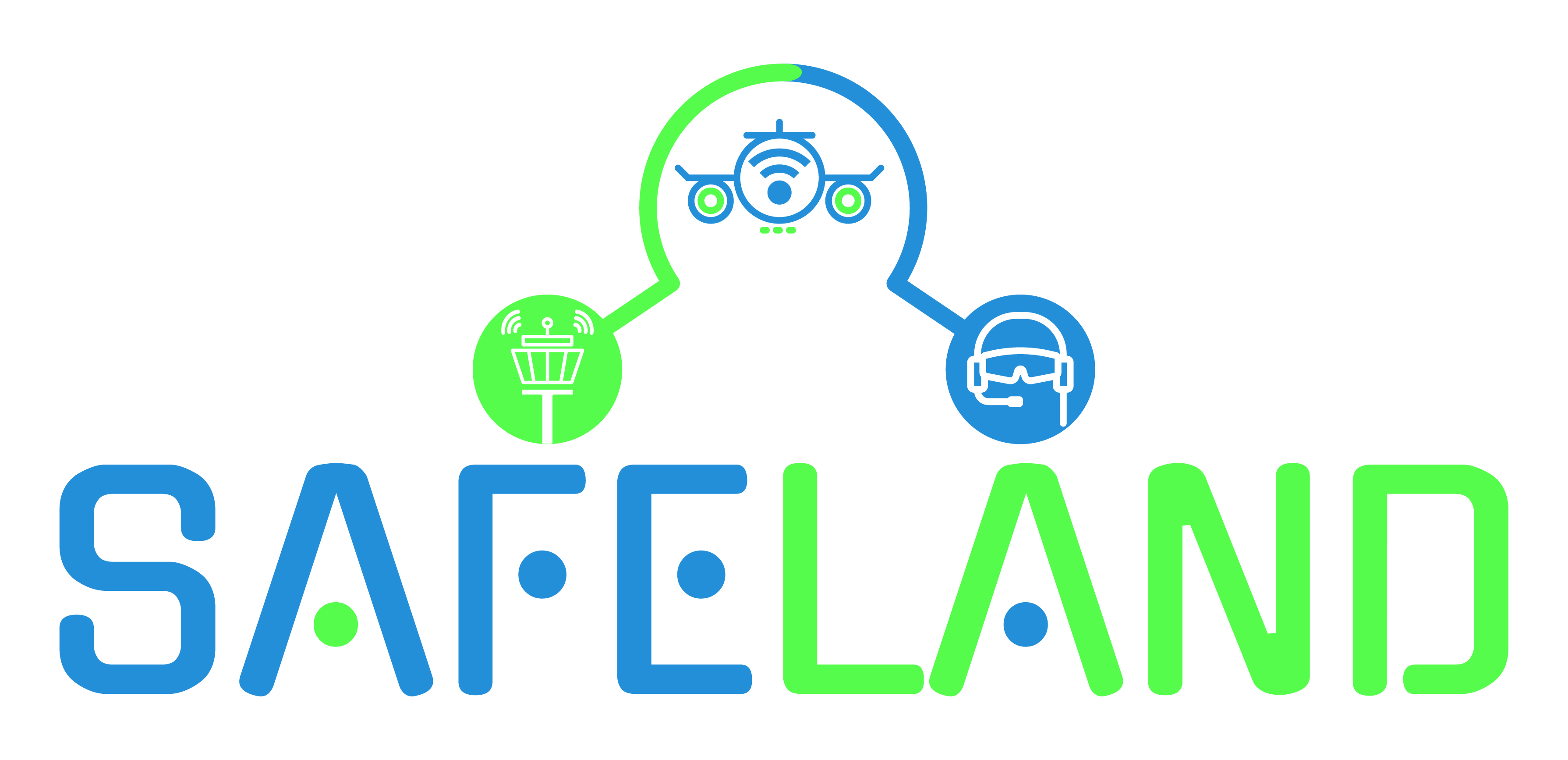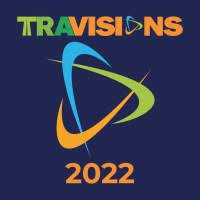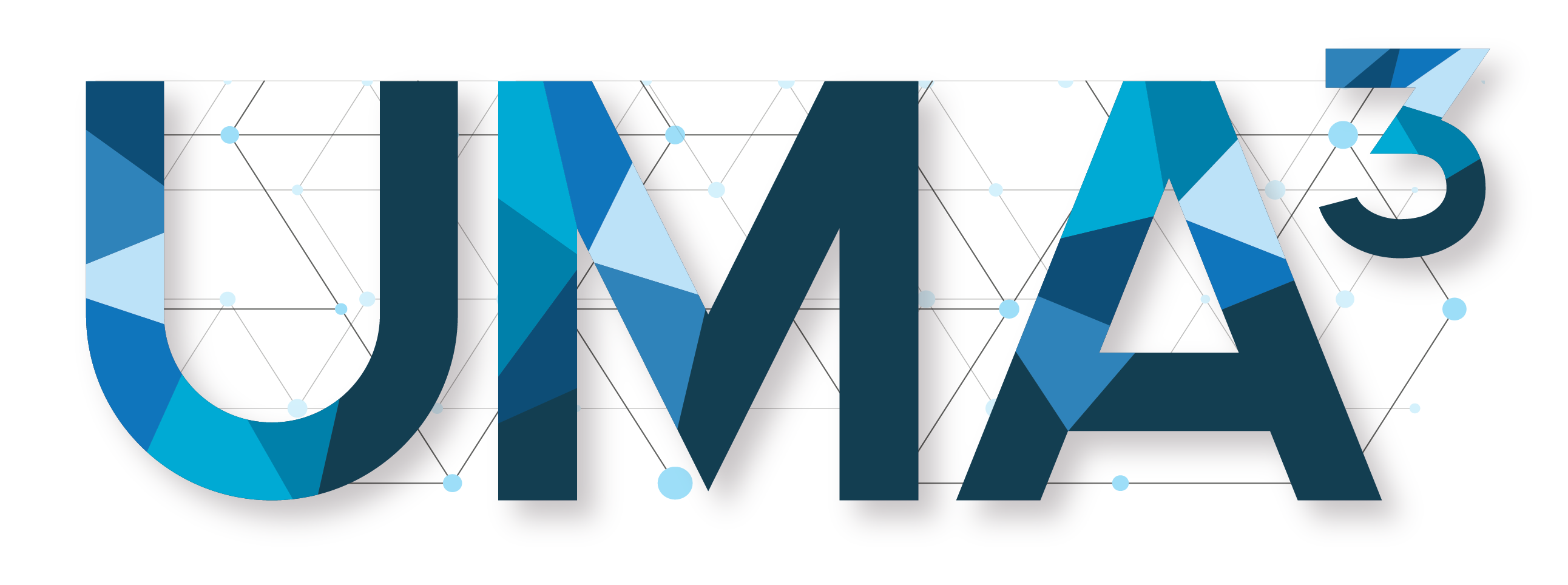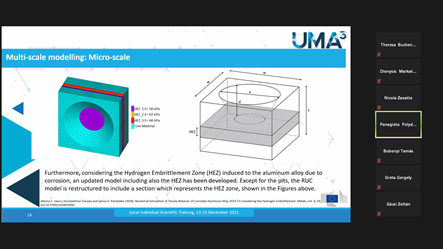The EASN Association and the Universitat Politecnica de Catalunya - BarcelonaTech (UPC) are glad to announce the 12th EASN International Conference on "Innovation in Aviation & Space for opening New Horizons" which will take place in Barcelona, Spain from the 18th until the 21st of October 2022.
We are working on organizing an in-person 2022 EASN International Conference and we are excited and looking forward to meeting colleagues and friends again in Barcelona. In this frame, you are cordially invited to join us and be part of this year's conversation of the European Aviation & Space community!
In this frame, we are pleased to announce that the abstract submission and registration for the 12th EASN Conference is now open! Submit your abstract here and ensure your participation by registering here, so as to take advantage of the Early Bird Registration Fees which are offered at a discounted rate until the 31st of July 2022!
- To act as a forum where innovative ideas, breakthrough concepts and disruptive technologies are presented with the aim to establish new research partnerships and possible synergies,
- while in parallel be the place for disseminating the knowledge and results achieved and discussing on current trends and future needs in the frame of research projects of the Aviation and Space field.
The previous 11th EASN International Conference, which, due to the COVID pandemic, was held virtually, was attended by more than 420 participants from various disciplines.
Like its predecessors, the 12th EASN International Conference on "Innovation in Aviation & Space for opening New Horizons" will include a number of Plenary Talks by distinguished personalities of the European Aviation and Space sectors from the academia, industry, research community and policy makers. It will also include Thematic Sessions, along with Technical Workshops where evolving ideas, technologies, products, services and processes will be discussed. Furthermore, the conference is expected to be a major European Dissemination and Exploitation event of Aviation and Space - related research. The majority of the currently running research projects will exploit the 3-days technical program to present their activities and achieved goals, discuss on current trends and future needs of the Aviation and Space - related research and try to identify possible synergies with each other. Additionally, a number of policy development projects will also find the floor to present the strategic priorities of the European aviation sector.
Last but not least, we are glad to announce that the 12th EASN International Conference will be performed with the support of Clean Aviation Partnership.
For more information on the Topics, the Key-Dates and the International Scientific Committee can be found at the official website of the 12th EASN International Conference.

